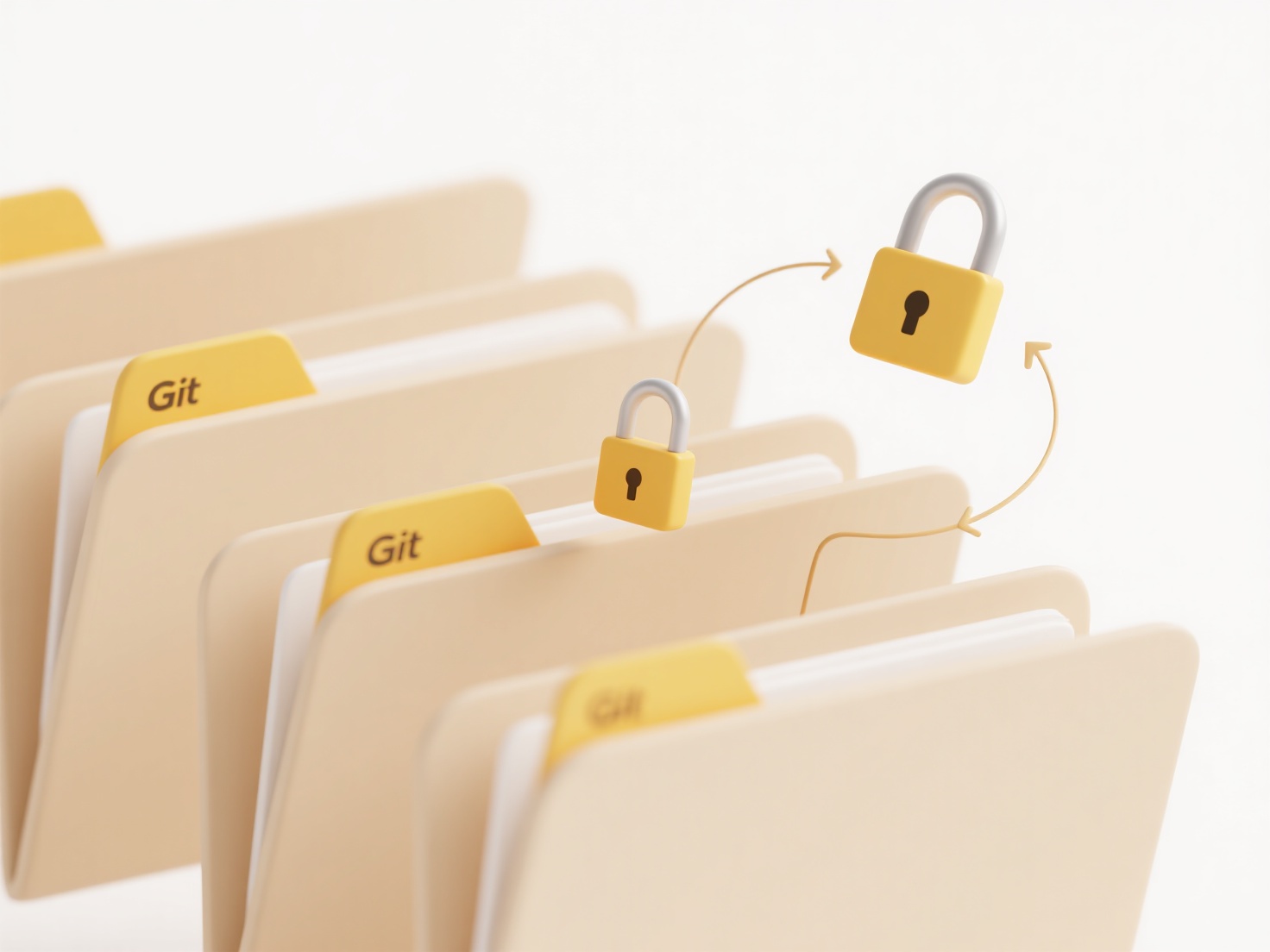
File format conversions can indeed create unintentional duplicate files. This happens when a new file in the target format (e.g., PDF, JPEG) is generated, while the original source file (e.g., DOCX, PNG) remains unchanged and both are saved in the same or similar locations. Automated workflows or batch conversion tools often save the converted output without managing the original file, leading to two distinct versions of essentially the same content.
Common examples include bulk converting Word documents to PDF for distribution, resulting in both .docx and .pdf files, or using graphic design software to export project files to web-friendly formats like JPEG while retaining the layered source files (e.g., PSD). Email clients saving all attachments in a common format during downloads can also unintentionally duplicate received files.

While useful for preserving originals, these duplicates consume storage space, create organizational confusion, and pose version control challenges. Manually cleaning them can be tedious. Ethically, inadvertent duplicates in regulated industries might complicate record retention compliance. Users mitigate this by configuring conversion tools to overwrite or delete originals when safe, leveraging automated duplicate finder utilities, or consistently structuring output folders during batch processes.
Can file format conversions create unintentional duplicates?
File format conversions can indeed create unintentional duplicate files. This happens when a new file in the target format (e.g., PDF, JPEG) is generated, while the original source file (e.g., DOCX, PNG) remains unchanged and both are saved in the same or similar locations. Automated workflows or batch conversion tools often save the converted output without managing the original file, leading to two distinct versions of essentially the same content.
Common examples include bulk converting Word documents to PDF for distribution, resulting in both .docx and .pdf files, or using graphic design software to export project files to web-friendly formats like JPEG while retaining the layered source files (e.g., PSD). Email clients saving all attachments in a common format during downloads can also unintentionally duplicate received files.

While useful for preserving originals, these duplicates consume storage space, create organizational confusion, and pose version control challenges. Manually cleaning them can be tedious. Ethically, inadvertent duplicates in regulated industries might complicate record retention compliance. Users mitigate this by configuring conversion tools to overwrite or delete originals when safe, leveraging automated duplicate finder utilities, or consistently structuring output folders during batch processes.
Quick Article Links
How does Google Drive handle duplicate uploads?
Google Drive identifies and manages duplicate files using a technique called deduplication. When you attempt to upload a...
How do I set folders to always stay local?
Setting folders to "always stay local" means configuring specific folders within a cloud storage application (like OneDr...
Why do developer file types (.json, .xml) open incorrectly?
JSON and XML files are plain text formats storing structured data. They open incorrectly when software fails to recogniz...